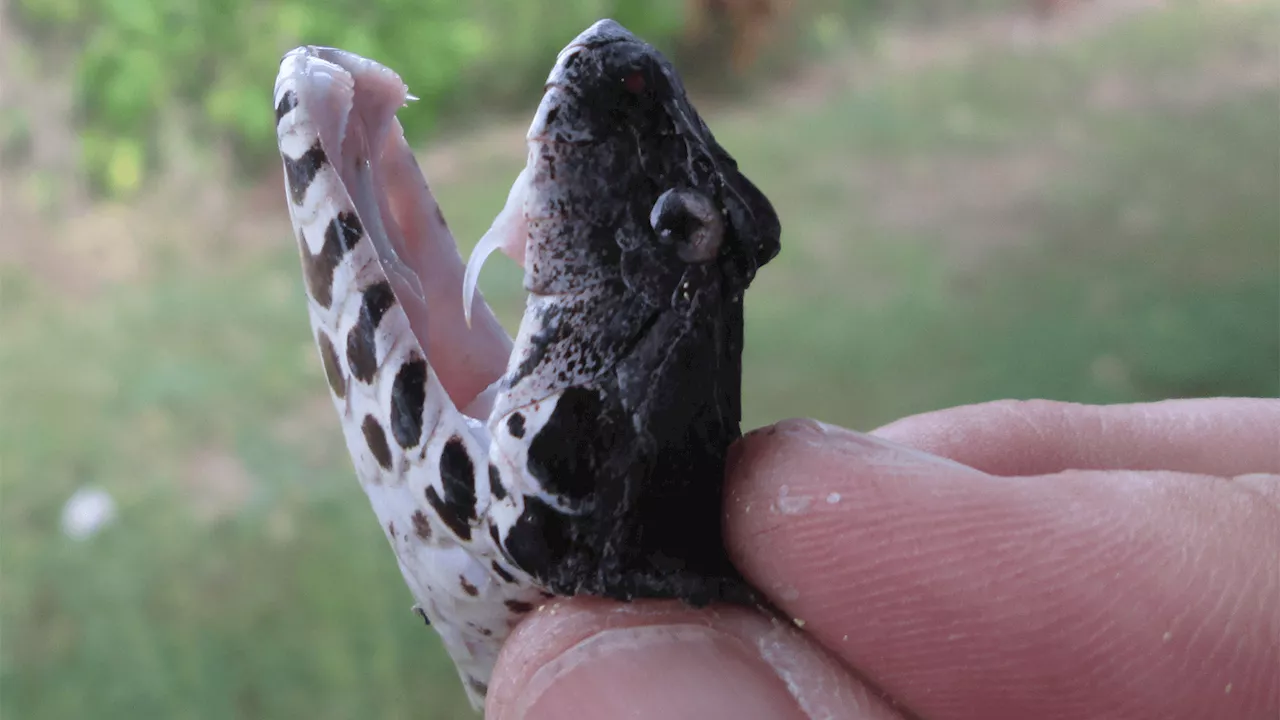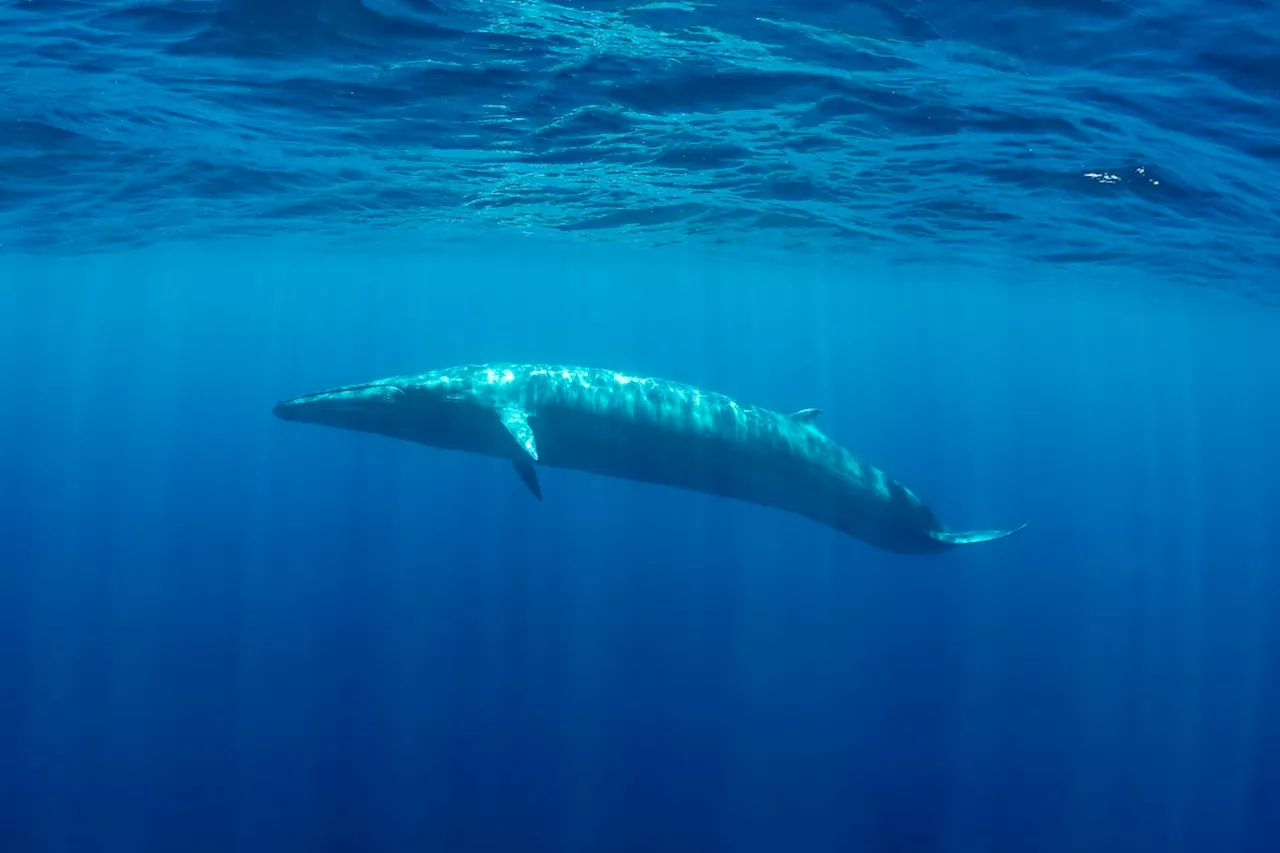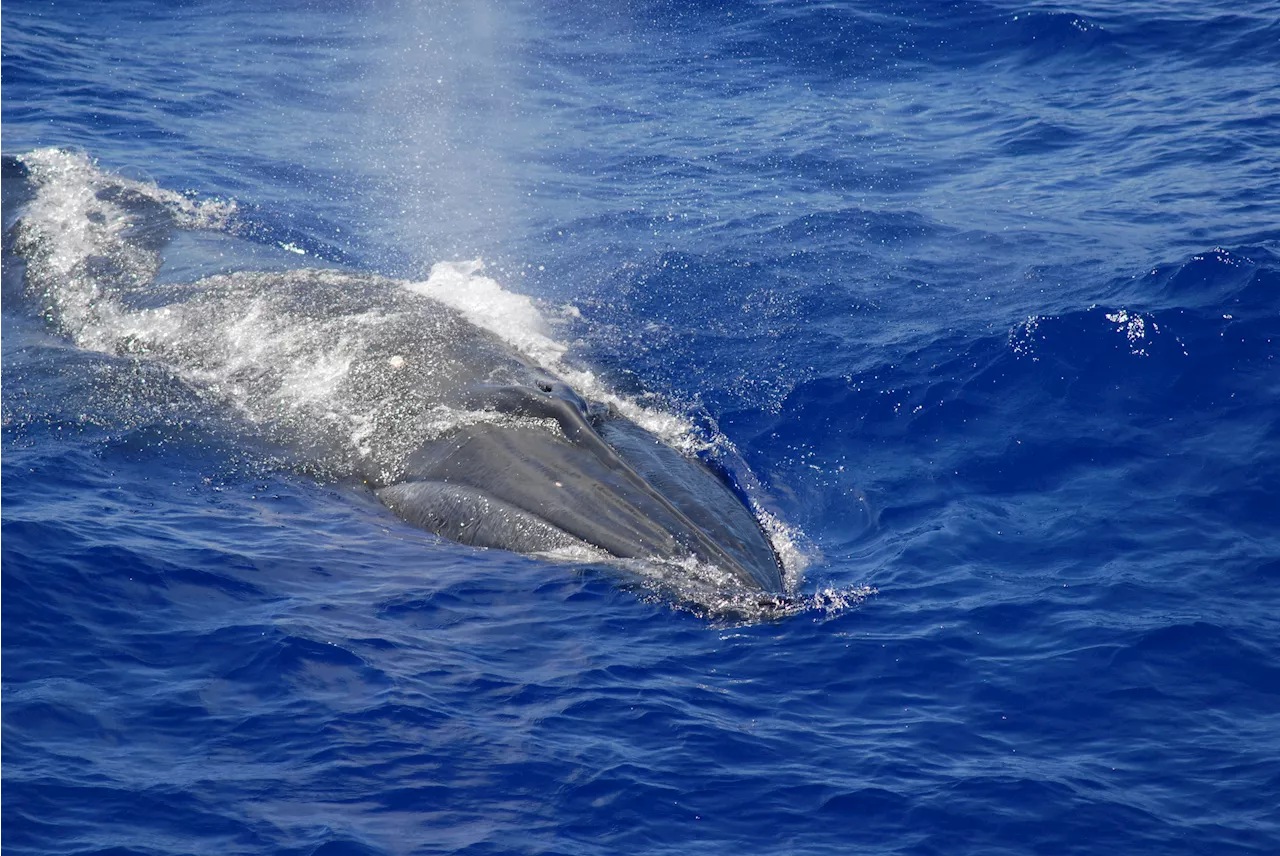NOAA Fisheries scientists, in collaboration with Google AI, have successfully identified the source of a unique whale call known as the 'Biotwang'. Using machine learning to analyze thousands of hours of acoustic recordings from the western North Pacific, they discovered that the calls are made by Bryde's whales.
NOAA Fisheries identified that Bryde’s whales are the source of a new whale call in the western North Pacific. Working with Google AI, we used machine learning to sort through thousands of hours of acoustic recordings and identify when and where these calls occur..” Without visual observers to identify the source of the sound, they guessed that it might be made by a baleen whale, but could not determine the species.
That’s where Google stepped in. NOAA scientists worked with Google to use AI and machine learning to analyze the immense passive acoustic monitoring datasets. With the help of AI and machine learning, we were able to identify where and when Biotwangs were recorded in past acoustic data. Thanks to AI we were able to do it in a matter of hours, rather than years. The .
We identified a consistent seasonal presence of Biotwangs only in the Mariana Archipelago and to the east at Wake Island. This suggests the Biotwang may be a call specific to a western North Pacific population of Bryde’s whales. Knowing that Biotwangs are produced by a specific population helps us to monitor the distribution of that population.
The seasonal occurrence of Biotwangs is consistent with Bryde’s whales migrating between low and mid-latitudes. There is a small peak between February and April, and a larger peak between August and November, as the whales travel past the recording sites. These peaks vary from year to year. There were a lot of Biotwangs in 2016, during a strong El Niño year, and almost none heard in 2021, a La Niña year.
Technology Whalecalls Brydeswhales AI Machinelearning Acousticmonitoring
United States Latest News, United States Headlines
Similar News:You can also read news stories similar to this one that we have collected from other news sources.
 New tool helps scientists identify venomous snakesLaura is a science news writer, covering a wide variety of subjects, but she is particularly fascinated by all things aquatic, paleontology, nanotechnology, and exploring how science influences daily life. Laura is a proud former resident of the New Jersey shore, a competitive swimmer, and a fierce defender of the Oxford comma.
New tool helps scientists identify venomous snakesLaura is a science news writer, covering a wide variety of subjects, but she is particularly fascinated by all things aquatic, paleontology, nanotechnology, and exploring how science influences daily life. Laura is a proud former resident of the New Jersey shore, a competitive swimmer, and a fierce defender of the Oxford comma.
Read more »
 Hair found in truck helps police identify suspect in 1995 disappearance of Morgan Nick, 6An Arkansas man who died in prison decades ago has been identified as a suspect in the disappearance of a 6-year-old girl who went missing in 1995.
Hair found in truck helps police identify suspect in 1995 disappearance of Morgan Nick, 6An Arkansas man who died in prison decades ago has been identified as a suspect in the disappearance of a 6-year-old girl who went missing in 1995.
Read more »
 Hair found in truck helps police identify suspect in girl's 1995 disappearanceAn Arkansas man who died in prison years ago has been identified as a suspect in the disappearance of 6-year-old Morgan Nick who went missing in 1995.
Hair found in truck helps police identify suspect in girl's 1995 disappearanceAn Arkansas man who died in prison years ago has been identified as a suspect in the disappearance of 6-year-old Morgan Nick who went missing in 1995.
Read more »
 Ask Yourself These 5 Therapist-Approved Questions To Identify Your Past TraumaIt helps to identify your emotional wounds before diving into healing work.
Ask Yourself These 5 Therapist-Approved Questions To Identify Your Past TraumaIt helps to identify your emotional wounds before diving into healing work.
Read more »
 Open-source software helps streamline 2D materials research with scanning tunneling microscope automationA new open-source software package developed by Monash University researcher Julian Ceddia aims to significantly streamline the study of materials using scanning tunneling microscopes (STMs).
Open-source software helps streamline 2D materials research with scanning tunneling microscope automationA new open-source software package developed by Monash University researcher Julian Ceddia aims to significantly streamline the study of materials using scanning tunneling microscopes (STMs).
Read more »
 Mystery of Deep-Ocean ‘Biotwang’ Sound Has Finally Been SolvedA strange sound dubbed “biotwang” was first heard bouncing around the Mariana Trench 10 years ago, and scientists have finally figured out where it comes from
Mystery of Deep-Ocean ‘Biotwang’ Sound Has Finally Been SolvedA strange sound dubbed “biotwang” was first heard bouncing around the Mariana Trench 10 years ago, and scientists have finally figured out where it comes from
Read more »
